Portugal
Portugal is not only an amazing golf destination, it offers so much more...
Places you must see in Lisbon
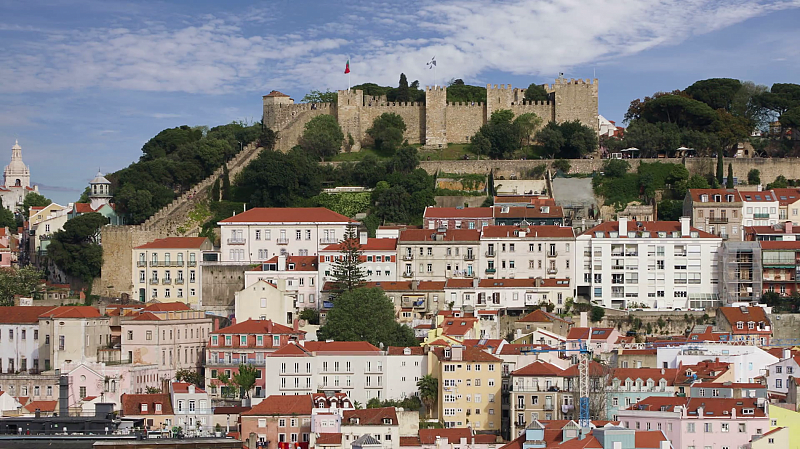
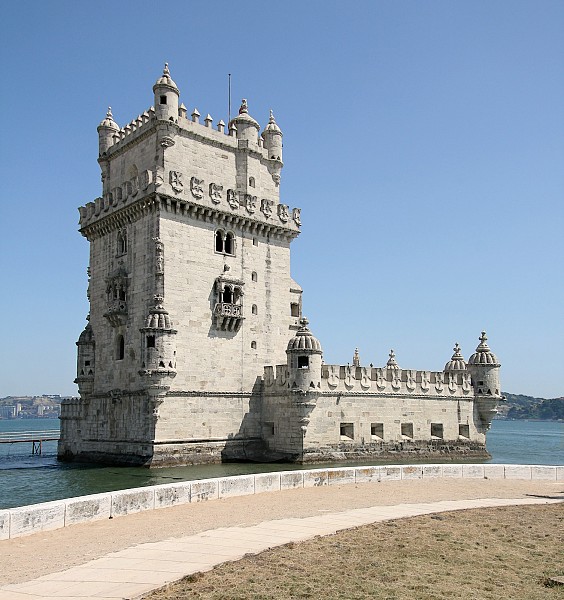
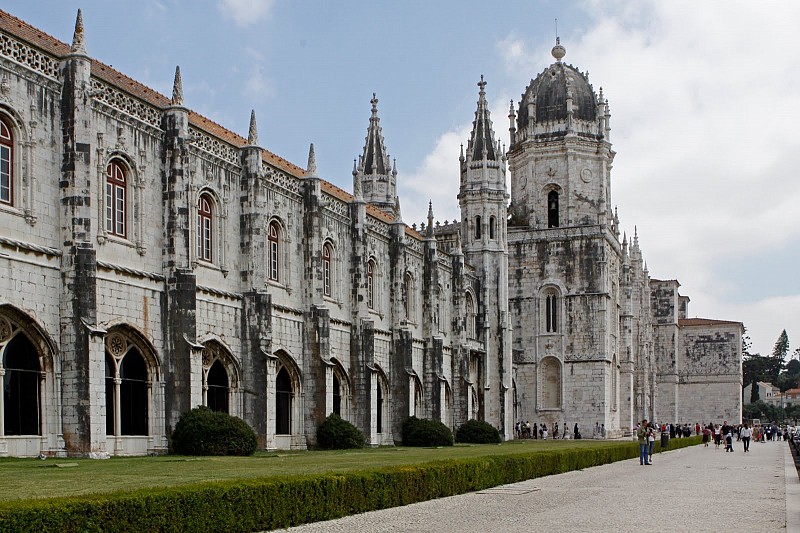
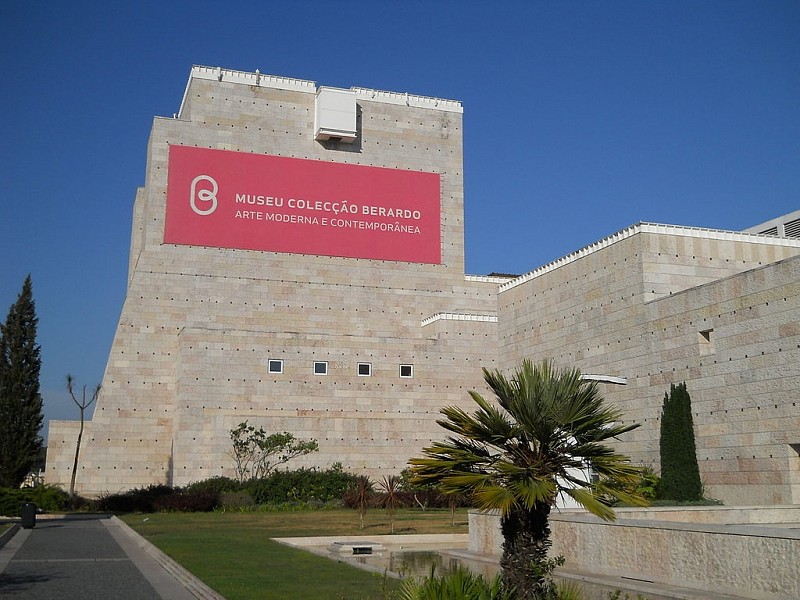
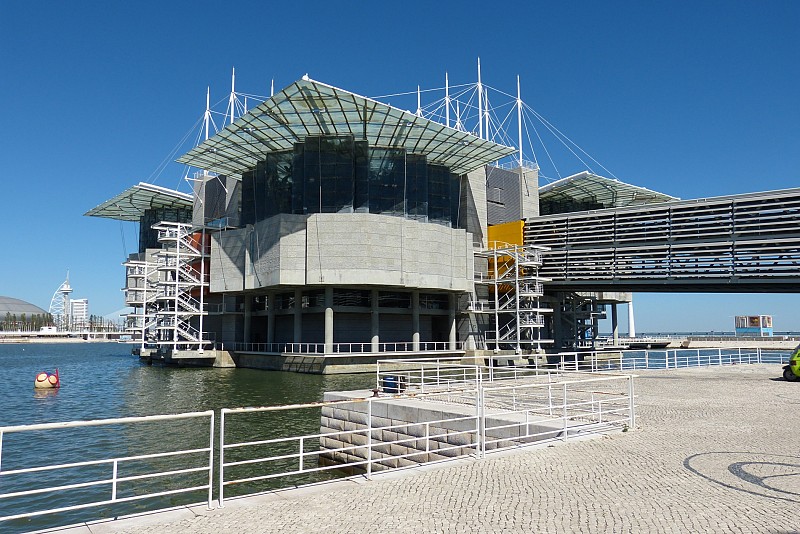
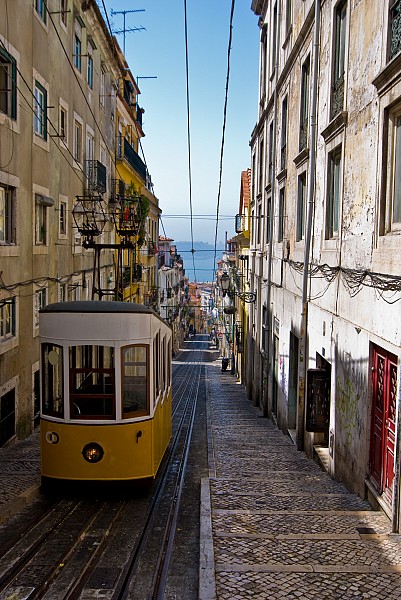
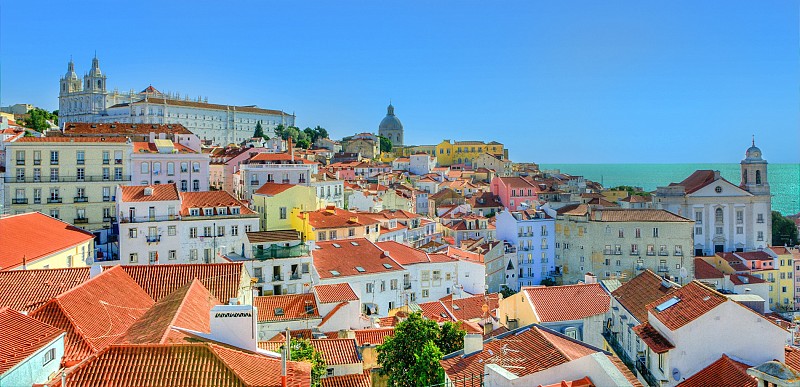
Belem Tower
Torre de Belém is a national monument since 1907 and is classified as Humanity Cultural Heritage by UNESCO since 1983.
Lisbon's most remarkable symbol borrows its charm to the riverside of Belem since the time when the Portuguese were leaders in sea navigation. Belem Tower welcomes every ship coming in Lisbon, as it does since the 16th century.
This fortification was integrated in the defensive plan on the northern shore of Tagus river, along with many other small fortresses that can still be found today.
Along the years, this structure lost its original defensive purpose. It was used as a border registry, lighthouse and even prison.
Contacts
Avenida de Brasília
Lisbon
Tel: +351 213 620 034
Jeronimos Monastery
This magnificent monastery can be considered the most prominent monument of Lisbon and it is one of the greatest triumphs of European Gothic (UNESCO has classified it a World Heritage monument), with much of the design characterized by elaborate sculptural details and maritime motifs. This style of architecture became known as Manueline, a style of art that served to glorify the great discoveries of the age.
The Jeronimos Monastery is the most impressive symbol of Portugal's power and wealth during the Age of Discovery. King Manuel I started the construction in Belem in 1501, on the site of a hermitage founded by Prince Henry the Navigator, where Vasco da Gama and his crew spent their last night in Portugal in prayer before leaving for India. It was finished after round 100 years and received the monks' order of Saint Jerome.
It was built to commemorate Vasco da Gama's voyage and to give thanks to the Virgin Mary for its success. Vasco da Gama's tomb was placed inside by the entrance, as was the tomb of poet Luis de Camões, author of the epic The Lusiads in which he glorifies the triumphs of da Gama and his compatriots. Other great figures in Portuguese history are also entombed here, like King Manuel and King Sebastião, and poets Fernando Pessoa and Alexandre Herculano.
Today it is an impressive landmark in Belem. If you have the chance to go there at night, don't miss the architectural show provided by the artificial illumination.
Contacts
Rua do Arsenal
Lisbon
Tel: +351 21 031 2700
Berardo Museum of Modern and Contemporary Art
The Berardo Museum has one of the world's most acclaimed modern art collections, with works by Warhol, Picasso, Dali, Duchamp, Magritte, Miró, Bacon, Jackson Pollock, Jeff Koons, among others representing dozens of modern movements. There are about 250 works on display at any time, spread over two floors and consisting of paintings, sculpture, photography, and installations. Highlights to look for include Andy Warhol's "Ten Foot Flowers" and "Portrait of Judy Garland", Picasso's "Femme dans un fauteuil" (Métamorphose), and Fracis Bacon's "Oedipus and the Sphinx After Ingres".
Contacts
Praça do Império
1449-003 Lisboa
Tel: +351 213 612 913
Gulbenkian Museum
A Museum that cannot be missed!
Northeast of Eduardo VII Park is the Gulbenkian Museum, one of the world's great museums and one of Europe's unsung treasures. This is one of the world's finest private art collections, amassed over a period of 40 years by oil magnate Calouste Gulbenkian, who was one of the 20th century's wealthiest men. In his later years he adopted Portugal as his home, and donated all of his stupendous art treasures to the country when he died in 1955 at the age of 86.
Of the many highlights is a haunting gold Egyptian mummy mask, an exquisite 2700-year-old alabaster bowl, a series of bronze cats and other priceless treasures in the Egyptian section, a stunning collection of Hellenic coins and a 2400-year-old Attic vase in the Greek and Roman section, rare pieces of Chinese porcelain, Japanese prints, and rich 16th and 17th century Persian tapestries.
In the huge European art section (many of the works were bought from the Hermitage in St. Petersburg), are pieces by Rembrandt ("Portrait of an Old Man", and "Alexander the Great"), Peter Paul Rubens ("Portrait of Helene Fourment"), Claude Monet, Van Dyck, Ghirlandaio (15th century "Portrait of a girl"), Rogier Van der Weyden ("St. Catherine"), and Pierre-Ausguste Renoir ("Portrait of Madame Claude Monet"), along with French furniture and textiles.
Contacts
Avenida de Berna, 45 A
1067-001 Lisboa
Tel: +351 217 823 000
Metro: São Sebastião or Praça de Espanha
Bus: 16, 26, 31, 46, 56
Open Tuesday to Sunday: 10h - 17h45
Saint George's Castle
Saint George's Castle can be seen from almost everywhere in the city and looks over Lisbon from its highest hill offering memorable views.
Its oldest parts date from the 6th century, when it was fortified by the Romans, Visigoths, and eventually the Moors. It served as a Moorish royal residence until Portugal's first King Afonso Henriques captured it in 1147 with the help of northern European crusaders on their way to the Holy Land.
The castle was then dedicated to St. George, the patron saint of England, commemorating the Anglo-Portuguese pact dating from 1371, and became the royal palace.
Most of the castle was destroyed over the years, especially in the Great Earthquake, but still includes a long extension of walls and 18 towers. Visitors can climb the towers and walk along the ramparts for the most breathtaking views of the city, or relax in the gardens where peacocks, geese and ducks strut around.
On summer it hosts the beer party and several other events and art exhibitions.
Contacts
Castelo de São Jorge
1100–129 Lisboa
Tel: +351 218 800 620
Oceanarium
Lisbon's Oceanarium is one of the world's largest aquariums. Designed by American architect Peter Chermeyeff, it rises from the river and is reached by a footbridge.
It is a deep-sea diving experience without any of the risks, with about 25,000 fishes, seabirds, and mammals in an enormous central tank that is the size of four Olympic-sized swimming pools. Yet it's the design rather than the size that makes it outstanding.
The Lisbon Oceanarium is the first aquarium ever to incorporate world ocean habitats within a single environment, with impressive recreations of various ocean ecosystems - the Antarctic tank containing penguins, and the Pacific tank with otters playing in rock pools.
Contacts
Doca dos Olivais, Parque das Nações
Lisbon
Tel: +351 21 893 61 89
Metro: Oriente Station
Open: 10h to 18h (Winter), 10h to 19h(Summer).
Bairro Alto & Chiado
Bairro Alto is a picturesque working class quarter dating from the 16th century that has traditionally been the city's bohemian haunt of artists and writers.
Its grid of streets is quiet during the day, but is transformed at night into the city's vibrant nightlife quarter. Behind colourful and graffiti-ridden façades is a variety of excellent traditional and international restaurants, tourist-packed Fado Houses, and a multitude of sleek bars and stylish alternative fashion shops that stay open until late at night. Throughout the week, and especially on weekends you'll find people of all ages, backgrounds, and lifestyles bar-hopping through the cobbled lanes or standing outside with a drink in hand enjoying the city's usual mild nights.
Neighbouring Chiado is an elegant, sophisticated district of theatres, bookshops, old-style cafes, art nouveau jewellery shops and luxurious international names such as Hermes and Cartier.
See our section about night life in Lisbon.
Baixa
Baixa, or downtown Lisbon, is the heart of the city. It is the main shopping and banking district that stretches from the riverfront to the main avenue (Avenida da Liberdade), with streets named according to the shopkeepers and craftsmen who traded in the area.
It was completely rebuilt after the Great Earthquake of 1755 with streets flanked by uniform, neoclassical buildings. This was Europe's first great example of neoclassical design and urban planning, and one of the finest European architectural achievements of the age.
It remains an imposing district, with elegant squares, pedestrian streets, cafes, and shops. Old tramcars, street performers, tiled Art Deco shop fronts, elaborately decorated pastry shops, and street vendors selling everything from flowers to souvenirs, all lend a special charm to the area.
Alfama
Alfama is Lisbon's most emblematic quarter and one of the most rewarding for walkers and photographers thanks to its medieval alleys and outstanding views.
Because its foundation is dense bedrock, it survived the 1755 earthquake, and a walk through this old-fashioned residential neighbourhood is now a step back in time. It is a village within a city still made up of narrow streets, tiny squares, churches, and whitewashed houses with wrought-iron balconies adorned with pots of flowers, drying laundry, and caged birds.


